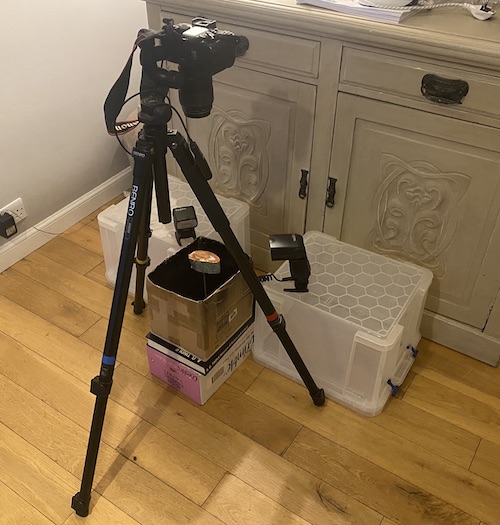
 |
| Agate Abstracts |
Abstract art is defined as art that does not depict objects in the natural world, but instead uses colour and form in a non-representational way. It therefore does not show reality as we see it but it is characterized by a strong dependence on what appears by accident or chance. Although, due to the method of formation, agate structure has a certain degree of predictability, often patterns generated within the structure are spectacular and unique. The range and intensity of colours seen within Scottish agates is exceptional and lends itself well to amazing pattern generation. Images seen within Scottish agates may not bear any relationship to Earthly objects but look more like astronomical, stellar or planetary images such as those from the Hubble Space Telescope or planetary space probes. The objects forming the images below appear to have been frozen in time and may not be visible to the naked eye. They show colours, striations, banding, mineralization and artifacts that have been revealed below their surface. The result is a frozen dimension of flowing natural colours and shapes. One particularly common theme is that of landscapes. Rolling hills, seascapes and even cloud formations can often be seen. The fabled Blue Hole agates from near Montrose that were found many years ago are well known for their beautiful landscape patterns. Another common theme for some agates is the similarity to photographs of land and sea surfaces taken from aircraft of even images of the Earths surface from space. Details such as mountain chains, seashore margins and even roads and buildings can be imagined. Often however the patterns bear no relationship or similarity to anything that can be recognized but instead simply show random unusual shapes with distinctive textures and vivid contrasting colours. These more random images are truly abstract and can be exquisitely beautiful. All the original agates for these abstract images are from a variety of localities here in Scotland. |
Just about all the photographs on this website have been created by using a Canon EOS 5DS Digital SLR with a 50M pixel detector and by using this with a 100mm Canon Macro EF F2.8 lens I have been able to produce images with outstanding resolution and detail. |
 |
By making a simple photographic flash set up with a cardboard box, painted on the inside with black matt paint and some black velvet at the bottom with a nail or long screw to mount the agate on with Blue Tac I can produce images where the agate “floats” in space with a black background. If you then “fill” the viewfinder of the camera with the agate the resulting image file can be very large (14 – 20Mb) but the resolution is outstanding. The two flashguns are positioned low down, so the light is directed across the agate surface so no reflected light is seen. They are both Canon Flashguns, Speedlite 580EXII and Speedlite 430II working as a “slave” Since the objective is to show Scottish agates in their natural state, and to achieve the most accurate colour rendition possible, images have generally not been electronically manipulated or enhanced, except for lightening or darkening and the removal of dust spots. One thing is for sure that each image is unique and a one off! |
| < Home |